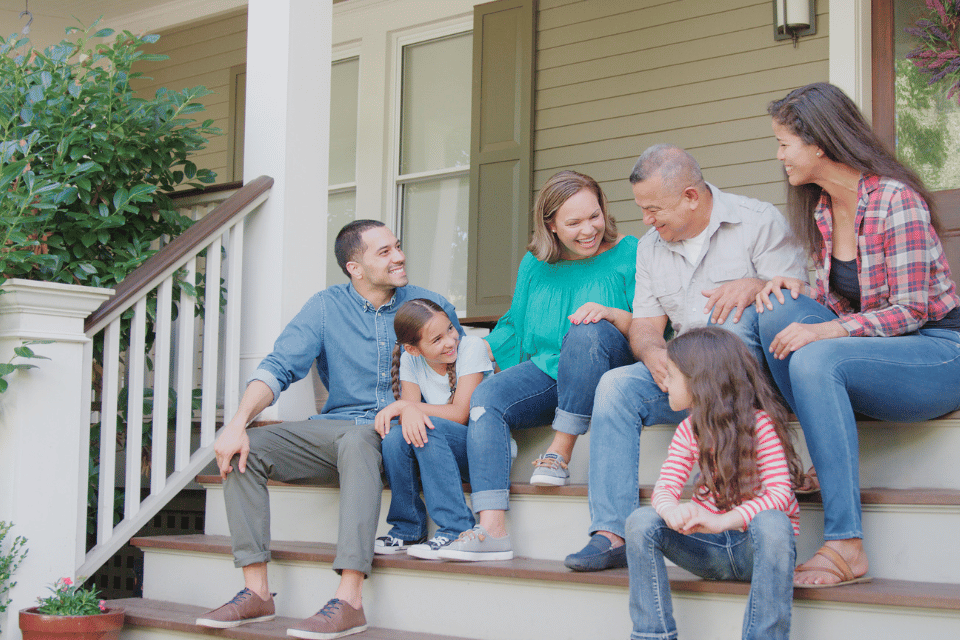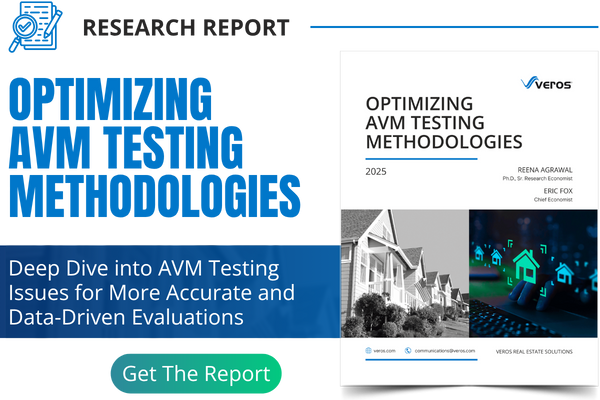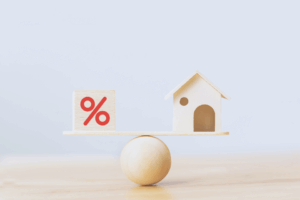One traditional American Dream, often depicted as a nuclear family in a suburban single-family home, is shifting once again. Across the United State (U.S.), more families are taking advantage of multigenerational living, a growing trend that’s reshaping household dynamics and leaving a notable impact on the housing market.
While it may feel new, this shift is actually a return to historical norms. Throughout much of history, extended families lived under one roof. The mid-20th century brought the rise of the nuclear household, but today, rising economic pressures, an aging population, and shifting social values are driving Americans back toward shared living arrangements.
Why Families Are Doubling Up
Several compelling factors are driving this powerful trend, which has only intensified in recent years:
- High housing costs: remain a primary catalyst for this trend. For example, U.S. house prices jumped 4.0 percent between the first quarter of 2024 and the first quarter of 2025, according to the U.S. Federal Housing Finance Agency (FHFA) House Price Index (FHFA HPI®) [1]. This continues a streak of positive annual appreciation each quarter since 2012, putting significant affordability strain on many households. Adding to this, the prevailing higher interest rates, with the average 30-year fixed mortgage remaining near 7% as of March 2025 [2], have made homeownership less accessible and intensified a rate “lock-in effect” where current homeowners with low rates are reluctant to sell, further restricting supply.
- These financial pressures directly fuel the appeal of the cost-sharing advantages of multigenerational arrangements. The National Association of REALTORS®’ (NAR) 2025 Home Buyers and Sellers Generational Trends Report, which analyzed 2024 market activity, found that 17% of recent homebuyers purchased multigenerational homes. A striking 36% of these buyers cited cost savings as their main reason, followed by caring for aging relatives (25%) and bringing adult children back home (21%). Generation X buyers, often referred to as the “sandwich generation,” are leading the charge, with 21% opting for multigenerational living in 2022. Younger buyers, like Gen Z, are increasingly looking to their families for assistance with a down payment or considering co-ownership due to affordability hurdles [3].
- Alongside economics, the aging Baby Boomer generation and the growing need for elder care is a significant factor in growth of multigenerational living. The U.S. population is steadily growing older. The Congressional Budget Office (CBO) projects that the number of people aged 65 or older will increase significantly between 2025 and 2055, outstripping younger groups. By 2025, the CBO predicts there will be 2.8 people aged 25 to 64 for every person 65 or older [4]. This highlights the rising demand for accessible and affordable elder care within families, often leading to older adults “aging in place” within their family homes or moving in with other family members.
- Beyond practical needs, cultural norms are also evolving, embracing diverse family structures. As of 2021, the number of people in multigenerational households had quadrupled over five decades, reaching 59.7 million in March 2021, or 18% of the U.S. population, according to a Pew Research Center analysis of Census data [5, 6]. Financial concerns and family caregiving are consistently cited as key motivations, though for some Asian, Hispanic, and African American communities, multigenerational living is a deeply rooted cultural practice.
How the Real Estate Market is Responding
As demand grows for multigenerational living, the housing market is adapting. Buyers are prioritizing homes with flexible layouts, separate living areas, and Accessory Dwelling Units (ADUs). While comprehensive Q1 2025 ADU permitting data isn’t yet fully compiled, the U.S. Census Bureau released its 2024 annual estimates for housing units authorized by building permits in May 2025 as part of the Building Permits Survey (BPS) [7], reflecting ongoing growth. States like California continue to lead, actively passing new ADU laws to streamline permitting and encourage construction, with some states offering grants of up to $40,000 for pre-construction costs [8].
Builders nationwide are responding to this evolving demand. New housing developments increasingly incorporate multigenerational design, featuring separate entrances, distinct living zones, and shared communal areas that offer both privacy and togetherness. Existing homeowners are also investing in renovations to create these necessary spaces, driving demand for home improvement services across local economies. Even investors are taking note, with a significant majority of multifamily investors looking to acquire properties in 2025 [9].
What This Means for Property Valuations
Of course, this shift has an undeniable impact on home values. Properties that easily lend themselves to multigenerational living are being highly sought after, significantly influencing their property valuation (appraisal):
- ADUs Add Significant Value: Well-designed and legally permitted ADUs are proving to be significant value enhancers. An FHFA analysis found that in California, from 2013 to 2023, the annualized growth in median appraised value for properties with ADUs was 9.34 percent, compared to 7.65 percent for properties without ADUs [10]. Nationally, properties with ADUs experienced an annualized growth rate of 7.20 percent, compared to 6.25 percent for those without, indicating clear added value beyond construction costs. Real estate professionals in high-demand markets often report that homes with functional ADUs sell faster and at a higher price, potentially boosting property value by an estimated 20-35% on average [11].
- Flexible Floor Plans Sell for a Premium: Homes featuring layouts that easily accommodate separate living quarters, multiple primary suites, or adaptable spaces are likely to fetch higher prices. Buyers are increasingly willing to pay more for properties that offer immediate or future flexibility to house extended family, generate rental income, or provide a dedicated workspace.
- High ROI on Renovations: Investments in renovations that enable multigenerational living, like finished basements with a separate entrance or garage conversions for in-law suites, are delivering solid returns. These improvements directly meet a growing market demand, making the property more appealing and valuable to a wider market.
- Strong Market Resilience: In a fluctuating market, properties designed for multigenerational living have the possibility of exhibiting greater resilience in terms of value. Their inherent flexibility and ability to address diverse housing needs (affordability, caregiving, extra income) appeal to a broader buyer pool, helping potentially reduce time on the market and price stability.
- Appraisal Practices are Evolving: Appraisers are increasingly recognizing the true value proposition of ADUs and flexible multigenerational home layouts. Their valuations are more often factoring in potential rental income, added living space, and the overall enhanced functionality of these types of properties.
A Lasting Shift in American Housing
The embrace of multigenerational living in 2025 isn’t a passing fad; it’s a fundamental adaptation to the economic and social realities facing the U.S. As we move through the mid-2020s, this “nest reimagined” will continue to shape housing preferences, drive market innovation, and contribute to redefining the meaning of “home.” The future of housing is less about individual family unit silos and more about creating interconnected, supportive environments where multiple generations can get along in life together, impacting property values and building designs across the country. For developers, policymakers, and lenders, understanding and adapting to this durable trend will be key to meeting the diverse housing needs of the future.
Citations:
[1] U.S. House Price Index Report – 2025 Q1 | FHFA: https://www.fhfa.gov/DataTools/Downloads/Documents/HPI/HPI_Report_2025Q1.pdf
[2] Understanding the U.S. Housing Market in 2025: Mortgage Rates, Affordability, and Growth Trends | Morningstar: https://www.morningstar.com/articles/12345/us-housing-market-2025-mortgage-rates-affordability-growth-trends
[3] Surprising homeownership trend surges among Gen Z and Millennials – TheStreet: https://www.thestreet.com/personal-finance/real-estate/surprising-homeownership-trend-surges-among-gen-z-and-millennials
[4] The Demographic Outlook: 2025 to 2055 | Congressional Budget Office: https://www.cbo.gov/publication/58797
[5] Pew Research Center Examines Reasons U.S. Adults Live in Multigenerational Households – Massachusetts Healthy Aging Collaborative: https://www.masshealthyaging.org/resources/pew-research-center-examines-reasons-u-s-adults-live-in-multigenerational-households/
[6] Young adults in U.S. are much more likely than 50 years ago to be living in a multigenerational household – Pew Research Center: https://www.pewresearch.org/social-trends/2022/03/23/young-adults-in-u-s-are-much-more-likely-than-50-years-ago-to-be-living-in-a-multigenerational-household/
[7] Building Permits Survey (BPS) – U.S. Census Bureau: https://www.census.gov/construction/bps/
[8] Top Federal and State Grants for Affordable Housing in 2025 – eHousingPlus: https://ehousingplus.com/blog/federal-and-state-grants-for-affordable-housing
[9] 83% Of Multifamily Investors Want to Buy In 2025 – CRE Daily: https://credaily.com/83-of-multifamily-investors-want-to-buy-in-2025/
[10] Trends in Median Appraised Value for Properties With Accessory Dwelling Units in California | FHFA: https://www.fhfa.gov/DataTools/Downloads/Documents/ADU-Analysis/ADU-Value-Analysis_California.pdf
[11] How Much Does an ADU Increase Property Value? | Better Place Design & Build: https://betterplacedesignbuild.com/blog/how-much-does-an-adu-increase-property-value/

Heather Zeller
Heather Zeller, Senior Vice President of Marketing at Veros Real Estate Solutions (Veros) and Valligent, brings over 25 years of expertise in marketing, product strategy, and corporate growth across financial services, real estate, and fintech. With a strong foundation in Marketing, Economics, and Business, she drives brand innovation and market leadership.









